Ocean Week in Review – April 23, 2021: The Introduction of the US Federal Shark Fin Ban Bill! and More…
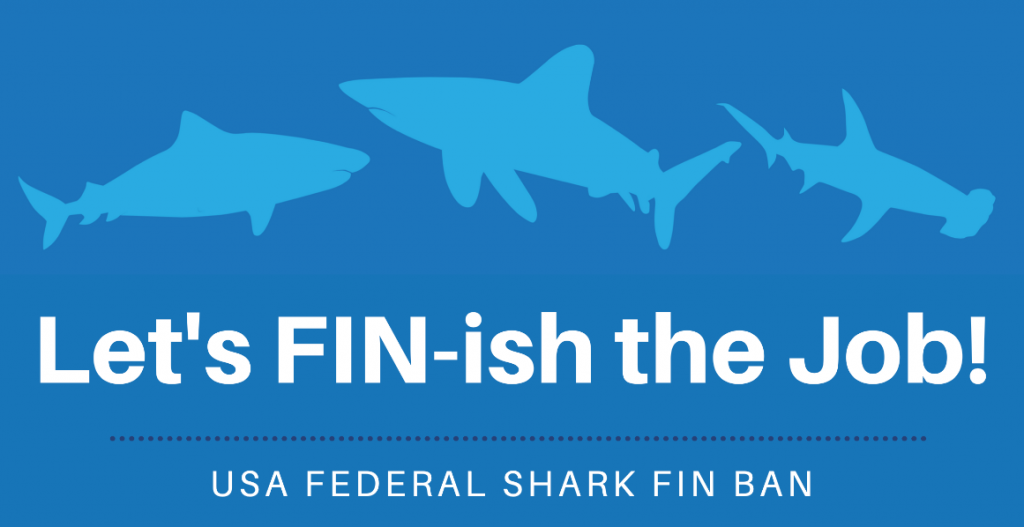
1. Federal Shark Fin Ban
Today, Congressmen Michael McCaul (TX-10) and Gregorio Kilili Camacho Sablan (MP-AL) reintroduced the Shark Fin Sales Elimination Act which would ban the buying and selling of shark fins in the United States. The same bill, introduced by McCaul and Sablan, had strong bipartisan support and passed in the last Congress, but the Senate took no action. A companion bill has been simultaneously released in Senate.
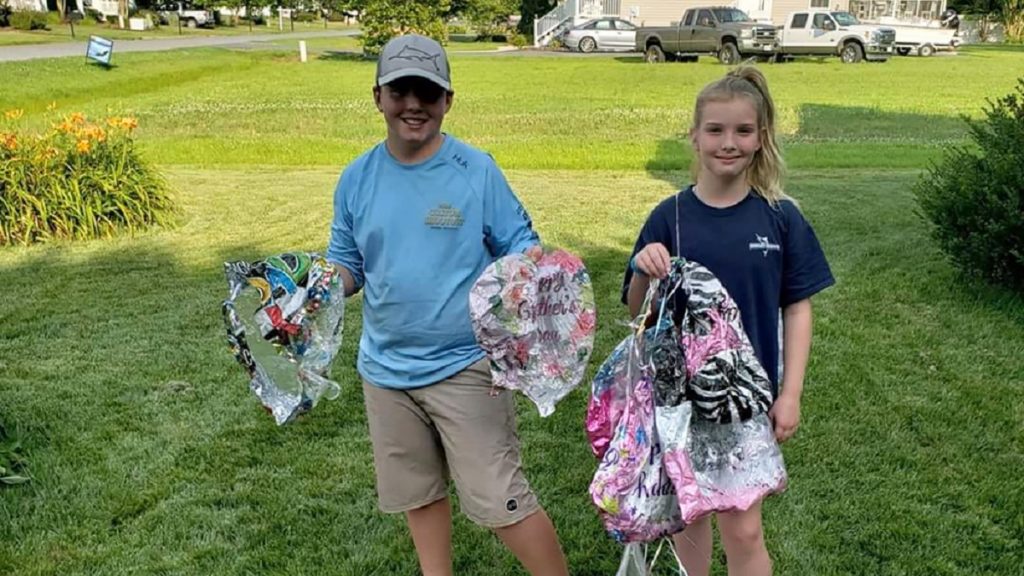
2. Balloon Releases To End In Maryland Under Bill
Marylanders may no longer be allowed to let balloons loose into the sky now that a bill going through the General Assembly has successfully passed both chambers. No more celebratory balloon releases: House bill 391 is on the governor’s desk as of Thursday. The purpose of the bill is to reduce the hazards and pollution caused by free-floating balloons. Balloons have been known to end up miles from where they were released, and hurt or even kill the animals nearby. Out of the 1,792 cases from across 21 U.S. coastal states between 2009-2018 analyzed by the report (limited information was also used from 2019 and 2020), balloons were cited as the fourth most identifiable plastic to cause incident. Ingestion was the cause behind 93% of the balloon-related incidents, according to the report. Eighty-five percent of the sea creatures harmed by balloons were sea turtles.
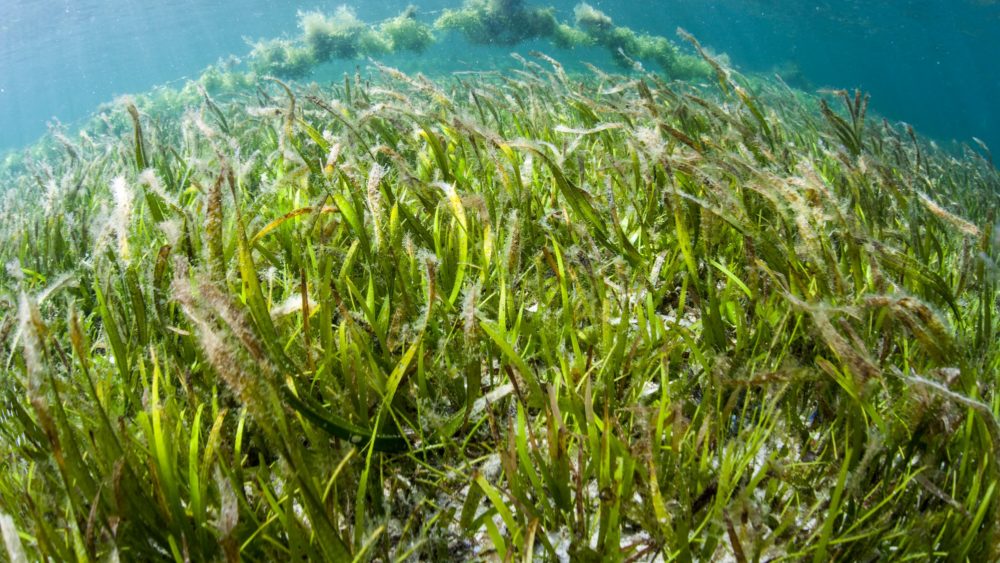
3. Why the Market for ‘Blue Carbon’ Credits May Be Poised to Take Off
Off the shores of Virginia, vast meadows of seagrass sway in the shallow waters. Over the past two decades, conservation scientists have spread more than 70 million seeds in the bays there, restoring 3,600 hectares (9,000 acres) of an ecosystem devastated by disease in the 1930s. Now, the Virginia Nature Conservancy is aiming to turn those tons into carbon credits that it can sell for cash. The collaborative project — with planting done by the Virginia Institute of Marine Science (VIMS) and the Nature Conservancy, and long-term carbon data provided by the University of Virginia — is the first seagrass project in the world to apply for carbon credit certification with the Washington-based nonprofit Verra. If successful, it will join a handful of other blue carbon credit projects around the world, the vast majority of which are mangrove restoration efforts.
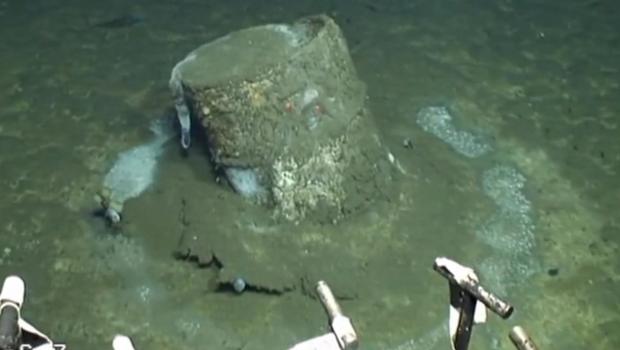
4. An Estimated 500,000 Barrels of Toxic Waste Found in Ocean After 70 Years
Just 10 miles off the coast of Los Angeles lurks an environmental disaster over 70 years in the making, which few have ever heard about. That is, until now, thanks to the research of a University of California marine scientist named David Valentine who, with the help of an autonomous robotic submersible, unearthed what had been hidden since the 1940s: countless barrels of toxic waste, laced with DDT, littering the ocean floor in between Long Beach and Catalina Island. The fact that his underwater camera spotted dozens of decaying barrels immediately in what is otherwise a barren, desert-like sea floor, Valentine says, is evidence that the number of barrels is likely immense. Although the exact number is still unknown, a historical account estimates it may be as many as a half a million.
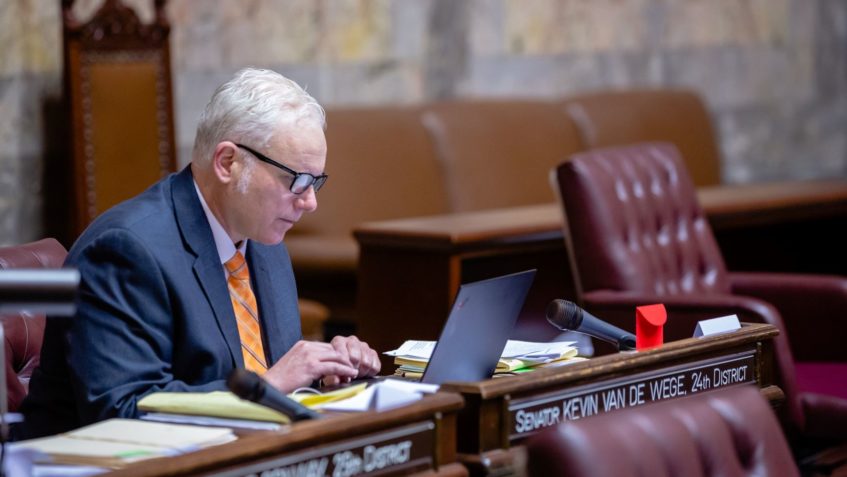
5. Van de Wege Bill to Prohibit Seabed Mining Passes Legislature
One of 24th District Sen. Kevin Van De Wege’s, D-Sequim, legislative session priorities — a bill to ban seabed mining in state marine waters — passed the House of Representatives easily Sunday after winning unanimous Senate approval in early March. The two-page bill, introduced in January by Van De Wege and 23rd District Sen. Christine Rolfes, D-Bainbridge Island, states that the state Department of Natural Resources “may not issue permits and leases on aquatic lands along the Washington coast from Cape Flattery south to Washington’s southern border” — including Grays Harbor and Willapa Bay — “for purposes of exploration, development, or seabed mining of hard materials.” The statement continued, “By preventing this harmful activity before it starts, the West Coast can be a model for other regions that are hoping to avoid the possible consequences of seabed mining.”
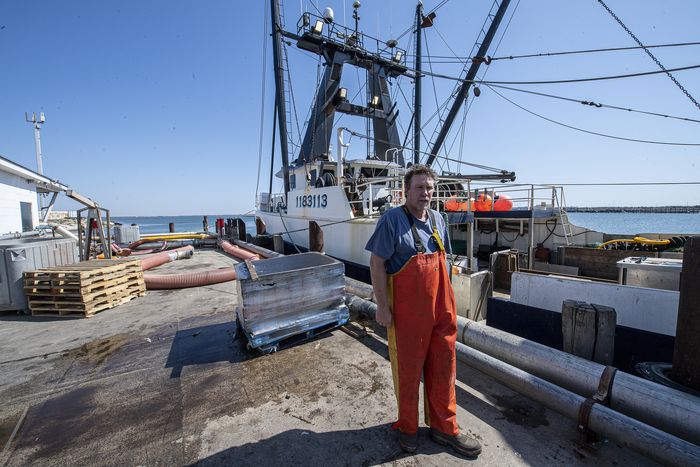
6. N.J. Fishing Community Worries About Negative Impacts of Offshore Wind
New Jersey is gearing up for their first offshore wind project, Ocean Wind, which is to be completed by 2024 and includes 98 turbines located 15 miles off the coast. Gov. Phil Murphy plans to launch five other wind projects to reach a goal of generating 7,500 megawatts of wind power by 2035, enough to power 3.2 million homes. Many New Jersey fishermen and women, both anglers and commercials, along with the Recreational Fishing Alliance (RFA) raise concerns of the new offshore wind plans impacting their catches. Captain Hank Lackner explains that the fishing community believes the wind farms will disrupt fish habitat, reroute fishing lanes, and force recreational fishing into deeper waters. Orsted, the wind developer, is continuing to meet with the fishing community to curb potential impacts and believe they will be minimal.
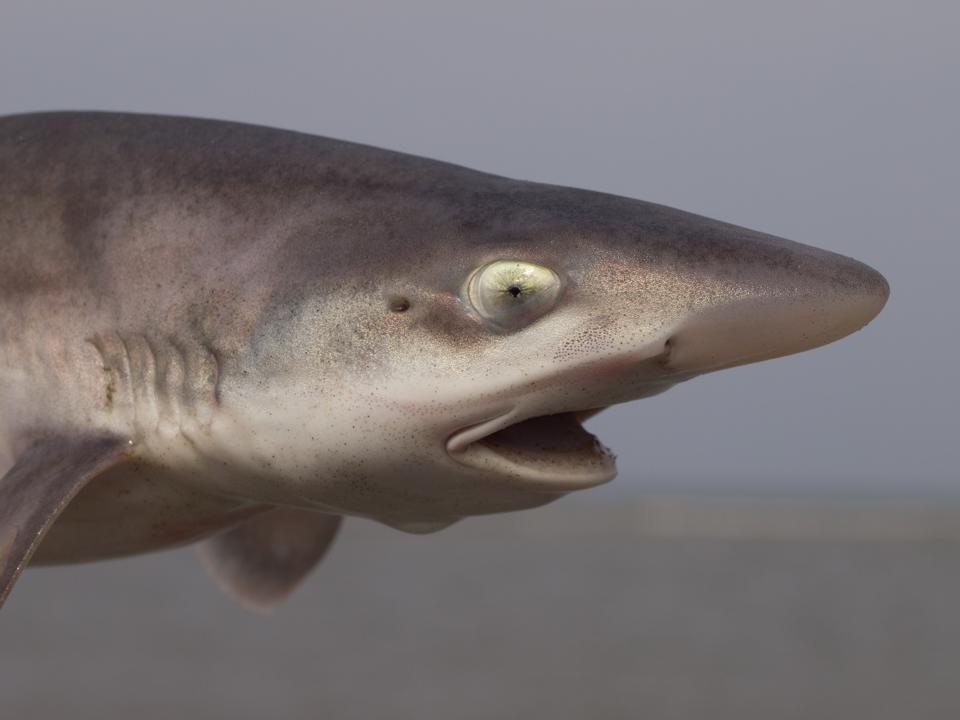
7. Uncovering Endangered Sharks In Brazil
Elasmobranchs, the group of cartilaginous fishes that include sharks and rays, are especially vulnerable to overfishing due to their low ability to produce offspring and late sexual maturation even though they comprise less than 1% of the world fisheries catch. Brazil is among the six countries that have the highest capture rate for elasmobranchs while lacking an accurate assessment of the impact the fisheries have here. Southern Brazil is a known region of high elasmobranch diversity that has a large fishing industry. This country is also a big player in the meat trade market with several different species largely under the name “cação”making it difficult to figure out exactly what species are being consumed unless genetic testing is carried out. There is a need for researchers and government officials to actively work together alongside the fishery sector to accurately identify and monitor local fishery landings.
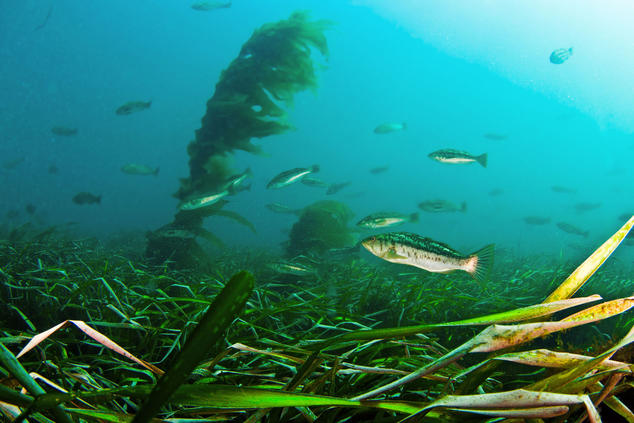
8. Fish Habitat—a Safety Net for Ocean Fisheries—Needs Stronger Protections
NRDC’s new report shows that fishery managers in most regions have fallen short of their charge under the law to protect what has been designated as “essential fish habitat” (EFH). Findings include, with some exceptions, the Magnuson-Stevens Act’s requirement to protect EFH has generally not reduced commercial fishing’s ongoing adverse effects on fish habitat and marine ecosystems. They concluded that many areas do not provide enough protection to areas that need it, while protecting areas that are low risk. NRDC’s analysis shows that habitat protections are a generally underutilized tool for ensuring healthy and climate-resilient fisheries. They emphasize the need to improve EFH protections from fishing impacts through the development and implementation of regional habitat protection plans, requiring identification and protection of Habitat Areas of Particular Concern, increasing EFH regular reviews, and increasing funding for research initiatives.
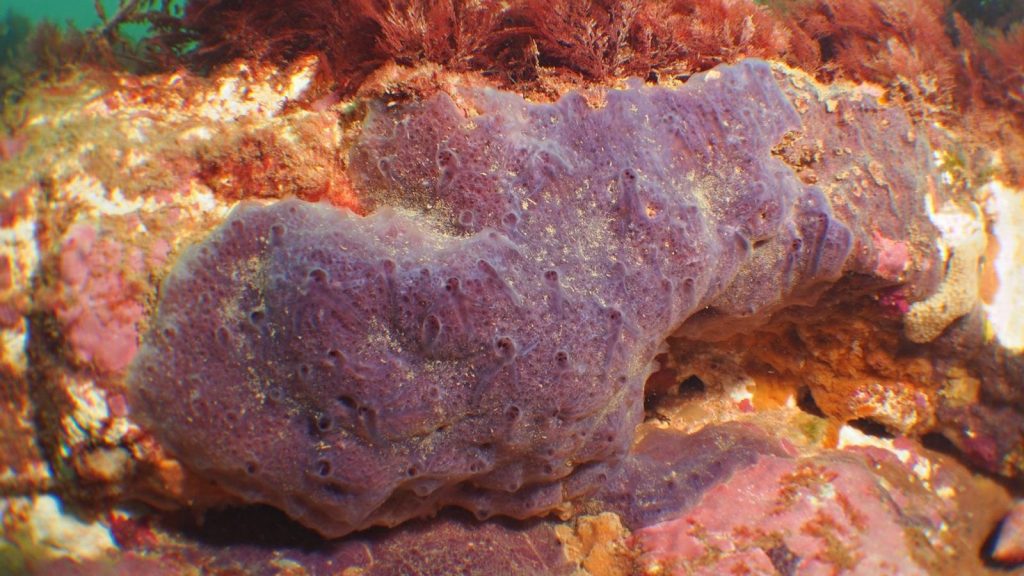
9. Parpal Dumplin: Nine-year-old Schoolgirl Suggests Name for New Species of Sea Sponge Found Off Norfolk
A new species of sea sponge found off the coast of Norfolk has been named Parpal Dumplin by a schoolgirl. Nine-year-old Sylvie, a pupil at Langham Village School in north Norfolk, chose the name because, she said, the sponge is purple and looks like a dumpling. The sponge was found in chalk beds by divers from Seasearch, a project to map out near-shore UK coastal areas, a decade ago. Sylvie’s suggestion impressed the Marine Conservation Society’s Agents of Change project, which had asked children to use their creativity to give common names to species until they’re given scientific names. They particularly liked the spelling that gives the sponge a strong connection to Norfolk. Sponge specialist Claire Goodwin said she believed Parpal Dumplin to be “a species new to science, in a sub-genus of sponges known as Hymedesmia (Stylopus)”.
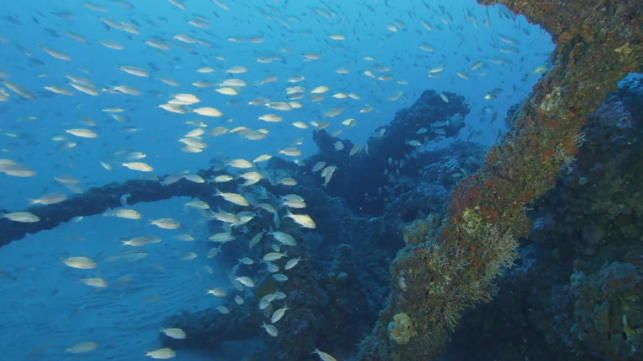
10. Protecting Populous Coastal Areas Helps Fight Climate Change
An international team of 26 researchers found an ocean protection strategy that targets densely populated coastal areas, rather than ringfencing the most remote corners, could deliver game-changing climate benefits. It could also increase food production and restore the biodiversity of fragile ecosystems. The researchers, he explained, looked at models of how marine-protected areas can be used to preserve biodiversity, fisheries and carbon stocks in the ocean. They then combined these models to look at potential trade-offs from favouring one particular driver over another, or by considering all three. The results demonstrate that regardless of your viewpoint, current levels of marine protection are wholly inadequate. However, increasing the number of highly protected areas is going to be difficult to enforce in countries with poor governance and remote areas that are hard to monitor and where illegal fishing is rife.
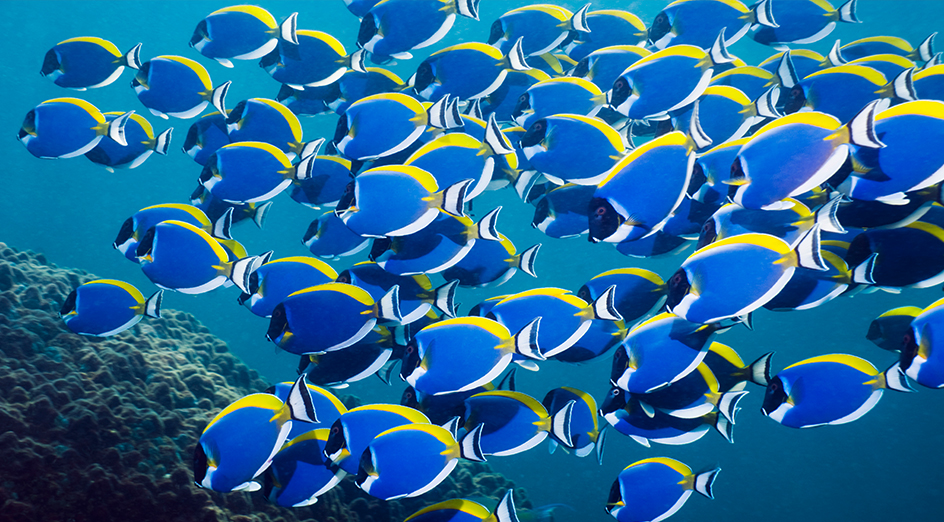
11. New Video Data to Help Conserve Fish Populations
Marine researchers will be able to better understand and conserve fish populations around the world, following the release of more than 60,000 hours of underwater video filmed by The University of Western Australia and a team of international collaborators. The data, which was captured by baited remote underwater video systems (BRUVS), covers 150,000 records of more than 250 species from 30 locations globally, and will be available to browse on FishBase, the world’s largest encyclopedia for fish. The underwater video is published with information that outlines the species, family and location of fish, and allows researchers to benchmark the status of fish populations which helps inform conservation and management activities. Scientific progress flourishes through data sharing and as such, there is a need to expand unrestricted access to BRUV’s data by making it accessible to the 500,000 unique users who visit FishBase each month.
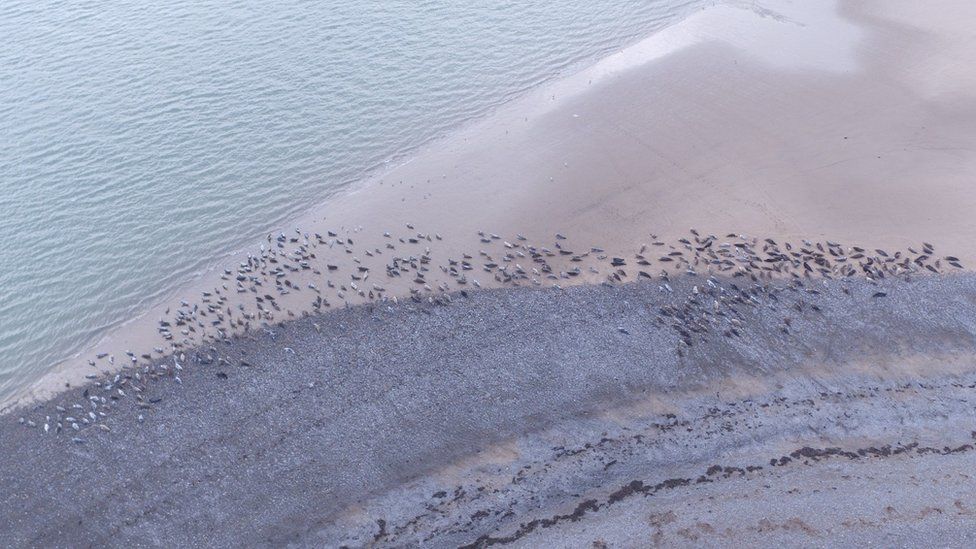
12. South Walney Nature Reserve Records More Than 500 Grey Seals
Drones were used at the South Walney Nature Reserve in Barrow and 518 seals were counted between September 2020 and March. It is a jump of 7% on the number recorded in 2019 when 483 seals were logged, and up 44% from 2018’s number of 360, Cumbria Wildlife Trust said. Drone surveys are carried out fortnightly in the reserve between September and March to monitor the population from year to year. Data is also gathered on their behaviour to assess how the animals – which can reach up to 8.5ft (2.6m) and weigh up to 47st (300kg) – are impacted by human disturbances such as watersports. Seal beaches are closed to the public in a bid to protect them from disturbance by people and dogs. But during lockdown there were problems with people landing kayaks on protected areas, which scared some of the seals into the water.

13. Bloomberg Green’s Magazine Highlights Positive Climate News
The fourth issue of Bloomberg Green’s magazine is coming, and already you can read some outstanding stories featured in its pages. There’s the one about Mexico’s tree-planting program, which has had the perverse effect of encouraging residents of poor districts to cut down historic forests. This new magazine also spotlights an investigation into a program meant to help low-income U.S. homeowners afford climate-friendly home renovations. Also in this issue: a look inside Global Thermostat, one of the pioneers in removing carbon dioxide from the atmosphere. The latest issue of Bloomberg Green ends with a roundup of positive developments in recent months which includes a stimulus bill limiting planet-warming chemicals, Paris adding major greenery to the Champs-Élysées, and progress of the creation of a butterfly superhighway in the U.K.
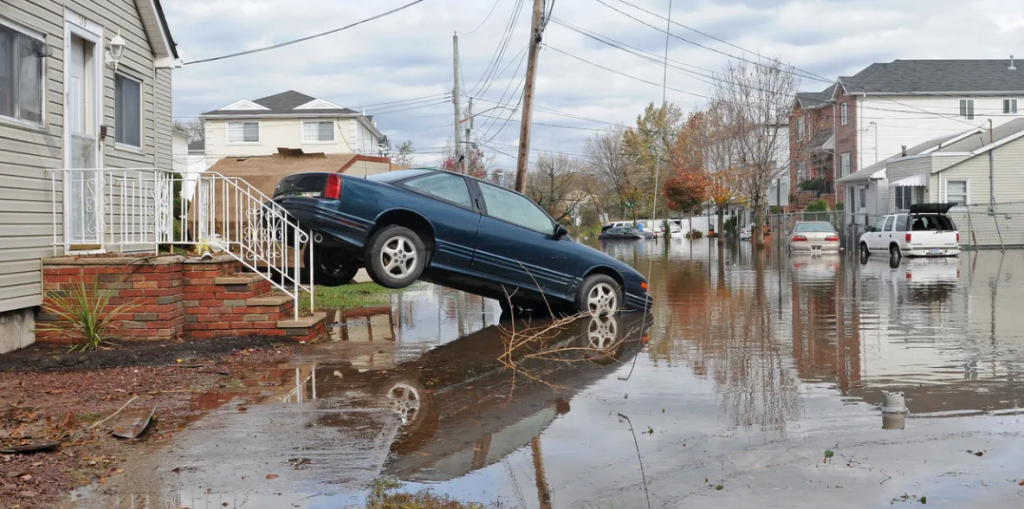
14. Can the Mayoral Candidates Bring a Sea Change to NYC’s Climate Resilience Fight?
The effects of climate change put New York City’s 520 miles of coastline and the approximately 1.4 million people who live near it at risk. The next mayor will shoulder the responsibility of planning for the present and future of waterfront communities, ensuring they can withstand frequent flooding and rising sea levels. Meanwhile, most properties in coastal areas the federal government deems extremely vulnerable to the next disaster are without flood insurance, as THE CITY previously reported. Currently there’s a disconnect between the progress the city touts and whether locals believe those efforts so far are enough. Many plans lack teeth or funding. The next mayor will have an opportunity to build upon their solutions and resiliency projects, while also having to make tough decisions about areas in New York that will be permanently inundated in the future.

15. Scientists Wonder if They’ll Be Able to Study This Ancient Shark Fossil
About 90 million years ago, an unusual shark cruised the shallow sea covering what is now Vallecillo, in the Mexican state of Nuevo León. After the animal died, conditions on the sea floor were just right to preserve its soft tissue and long, winglike fins. Described last month in Science, the shark, named Aquilolamna milarcae, made headlines around the world for its surprising similarities to today’s plankton-eating manta rays. But for some paleontologists, the publication—by a team of mostly European scientists—also raises thorny questions about the role of private collections in their field and lingering scientific colonialism. The paper originally said the specimen was purchased by a collector, which is illegal under Mexican law. And a public museum founded by the collector, where the fossil was said to be accessible for study by other researchers, is not scheduled to open until later this year.
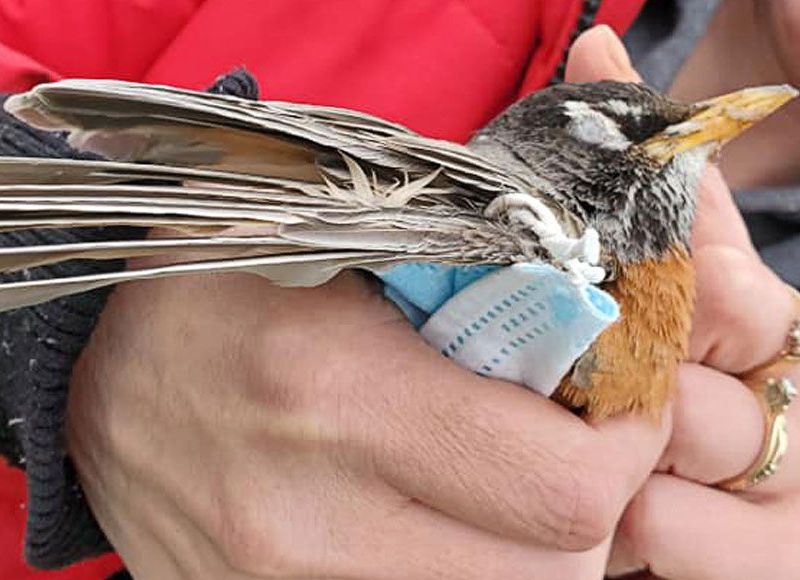
16. Discarded Covid-19 Masks and Plastic Gloves Are Killing Wildlife
Improperly discarded single-use personal protective equipment (PPE), such as disposable masks and latex gloves, could harm wildlife and exacerbate plastic pollution.
Researchers have published a new report in the journal Animal Biology that offers a first look into how animals are handling the aftermath of PPE litter. In their paper, the scientists described various instances during which animals died after ingesting or becoming entangled in PPE that was not disposed of properly. While the researchers found various instances of animals interacting with PPE, they realize their study only covers a small portion of what is being observed globally. To continue monitoring animals and PPE cases, Hiemstra and Rambonnet launched a website, where anyone can report and submit an observation. The team suggests using reusable masks, snipping the straps on disposable masks, and cutting up disposable gloves to help curb PPE threats to wildlife.

17. Harvesters to NOAA: Ecosystem-based Solutions are Needed
Federal officials looking for recommendations on how to achieve climate-resilient fisheries are being advised, by a group representing thousands of commercial fishermen, that such decisions should be locally defined and drafted to support local livelihoods. The recommendations to the National Oceanic and Atmospheric Administration came from collaborators led by the Salmon Habitat Information Program, which is affiliated with SalmonState, and Alaska Fishing Communities Coalition. Their recommendations ranged from ocean-based climate solutions that are ecosystem and science-based to the reduction of carbon emissions. They reminded NOAA that Alaska fisheries and fishing communities experienced persistent climate change events that have had a direct implant on fisheries and salmon populations. Before putting conservation measures in place for watersheds and oceans, the government should consult with the people most dependent upon these resources for food security and for economic and cultural reasons, they said.
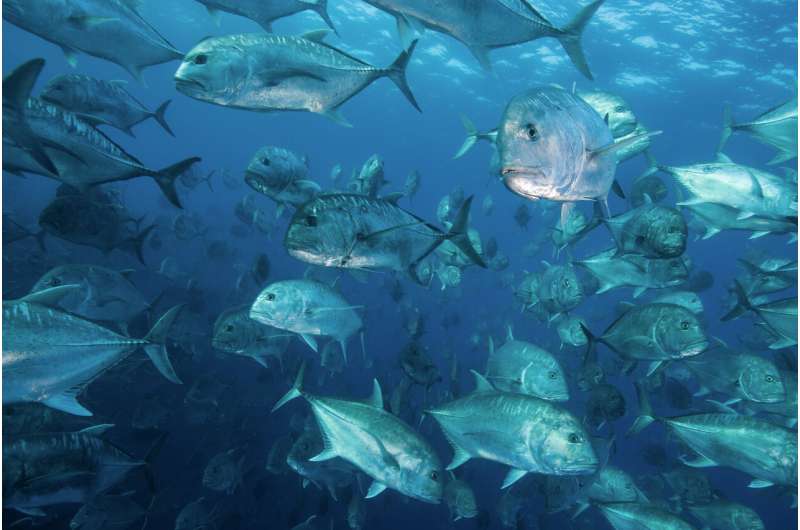
18. How Can We Conserve Seychelles Giant Trevallies?
A recent study has revealed that to better conserve the giant trevally, an economically important game fish in the Seychelles that became world-famous after being seen on BBC’s Blue Planet II, its nursery areas should be protected, along with the larger areas the adults of the species frequently use. The study advises that St. Joseph Atoll, the nursery area in the study, should not allow extractive fishing for species like giant trevally. The giant trevally is a popular, sought-after prize fish in Seychelles, particularly in the big-game sportfishing industry. Seychelles has a reputation for being one of the best trevally destinations in the world. The species is also caught in the handline fishery. For Seychelles, it is important to study the range of targeted species to better understand how to manage and conserve them effectively.
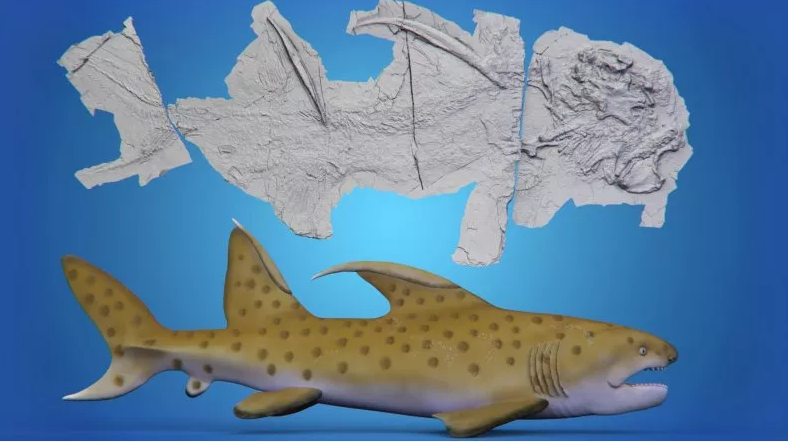
19. 300-Million-Year-Old “Godzilla Shark” Named
A shark that lived 300 million years ago has now been formally named by scientists after several years of research. The shark was given the nickname “Godzilla Shark” when it was first discovered in 2013 via fossils found in the Manzano Mountains in New Mexico. Based on these fossil records scientists think the shark was 6.7 feet long, had 12 rows of teeth contained in powerful jaws, and two large fin spines on its back measuring 2.5 feet. The shark’s scientific name, Dracopristis hoffmanorum, was announced in a press release by the New Mexico Museum of Natural History and Science (NMMNHS) on Thursday. It is also called Hoffman’s Dragon Shark in recognition of its big jaws and large spines and in honor of the Hoffman family who own the land where the fossil was found.

20. Ninth Circuit Court Confirms Obama-Era Protections for Arctic, Atlantic Oceans
This morning, the Ninth Circuit Court of Appeals agreed to dismiss the appeal of LCV v. Trump, re-affirming a permanent moratorium on 128 million acres of ocean territory in the Arctic and Atlantic Oceans. Today’s order recognizes that President Obama’s ban on oil and gas leasing in these vibrant and sensitive waters will be in effect without the need for continued litigation. Early in his administration, President Trump issued an order purporting to undo his predecessor’s permanent protection of the vast majority of the Arctic Ocean and important areas of the Atlantic from oil and gas drilling. Earthjustice, on behalf of 10 national and Alaska conservation groups, successfully challenged the order under claims that President Trump had exceeded his constitutional authority and violated federal law. On his first day in office, President Biden revoked President Trump’s order, re-affirming President Obama’s protections.
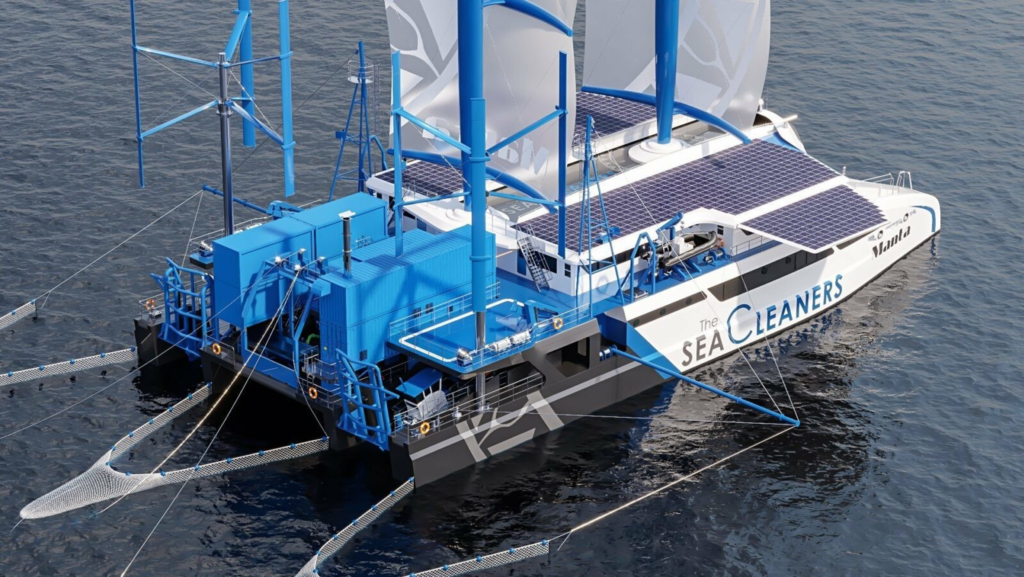
21. French Team Designs Ocean Cleanup Yacht That Feeds on Plastic Trash
A French ocean adventurer and his team have designed a yacht which he says can scoop up plastic garbage to stop it blighting the world’s oceans, and converts the same waste into fuel to help power the boat. Yvan Bourgnon has spent his career racing sailing vessels around the globe as a competitive yachtsmen. Over the years, he said, his encounters with floating carpets of trash became more and more frequent. That inspired his new venture: the Manta, a 56-metre (183 foot) long catamaran propelled by a combination of high-tech sails and electric motors. Right now, it exists only on the drawing board, but Bourgnon and his team hope to turn into a working prototype that can be launched in 2024.
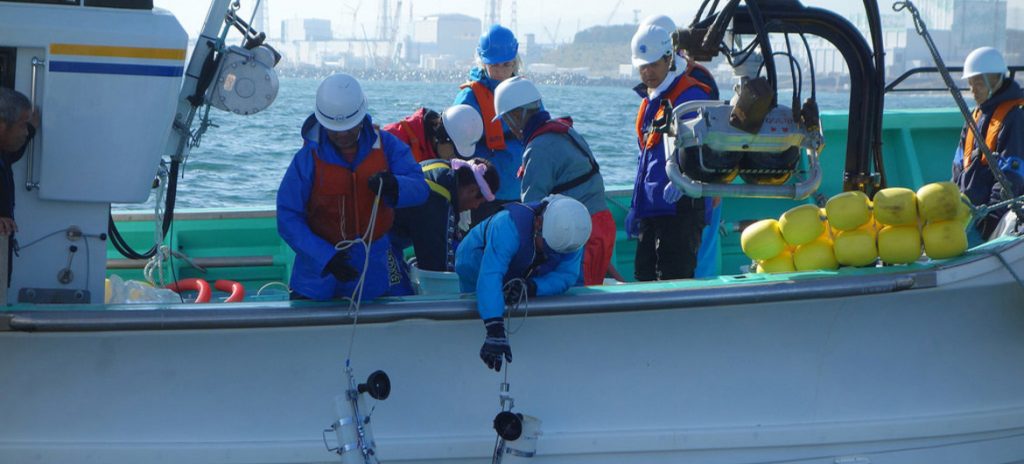
22. UN Experts Concerned Over Japan’s Decision to Release Fukushima Water Into Ocean
Three independent UN human rights experts expressed deep regret on Thursday over Japan’s decision to discharge potentially still radioactive Fukushima nuclear plant water into the ocean, warning that it could impact millions across the Pacific region. Environmentalists and some governments warned that the discharge would affect many people as well as the environment at large. It comes after years of discussions with communities – including the fishing sector, which was already severely hit by the 2011 disaster – environmental NGOs, neighbouring countries and civil society. While Japan said that the tritium levels are very low and do not pose a threat to human health, scientists warn that in the water, the isotope organically binds to other molecules, moving up the food chain affecting plants, fish and humans. Moreover, they say the radioactive hazards of tritium could pose risks to humans and the environment for over 100 years.

23. Planet Ocean: Why Is The Blue Economy So Important?
The oceans are our planet’s largest life support system. About 70% of the planet’s surface is covered by water, and 97% of this water is found in the oceans. Although the oceans seem like an infinite resource, the reality is that growing scientific evidence shows that the health of the oceans is at great risk, and marine ecosystems are already subject to extreme stress from pollution and overexploitation. Our human footprint is threatening the health of the oceans due to cumulative man-made pressures. We need to radically diminish these pressures to have clean waters, rebuild marine life, and provide the long-term conditions for resilient and functional oceans. The present decade must be a period of radical transformation through significant changes in policies, institutions, and practices because what we do now will be crucial for the future of the oceans’ health and our planet.

24. Leveraging 30×30 Through Partnerships and Co-Benefits
The Biden administration will soon release its strategy for the recent executive order to conserve at least 30 percent of the nation’s lands and oceans by 2030. Current levels of land and ocean protection have not prevented the continued loss and deterioration of ecosystems, nor has it stopped the steep declines in fish, birds, pollinators and other species. 30×30 is as much about safeguarding human health and wellbeing as it is about protecting ecosystems and biodiversity. After all, we depend directly and indirectly upon ecosystems to support our health, safety, security, prosperity, and happiness. Partnerships will be key to achieving the goals of the Biden administration’s 30×30 commitment. As the administration moves forward, they can look to partners in scientific, conservation and private sectors, who stand ready and able to contribute expertise, resources and data to support this urgent initiative.
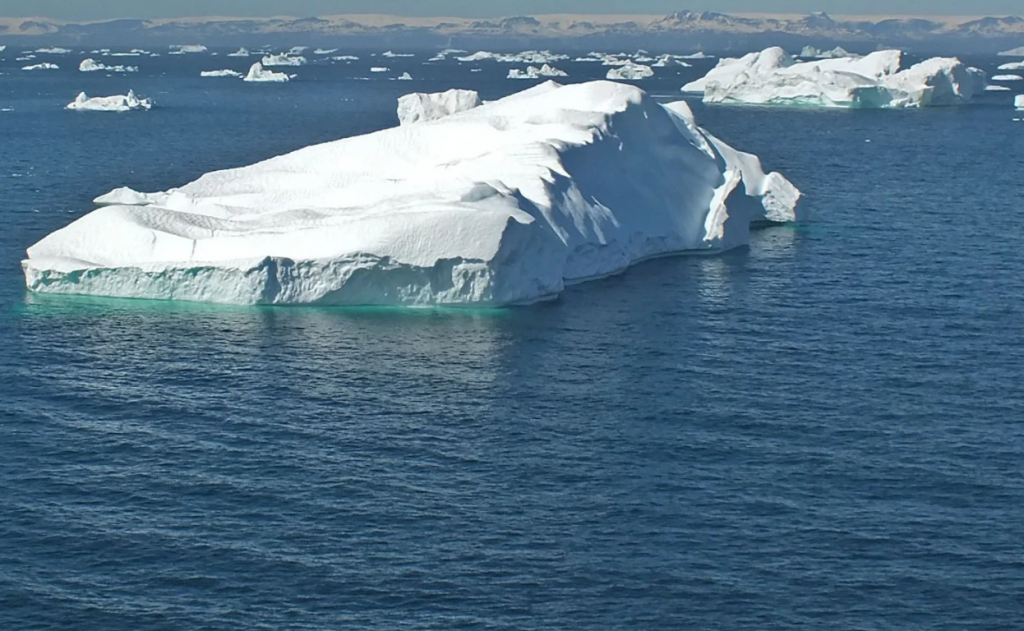
25. Ninth Circuit Court Decision Confirms 128M Ocean Protection
In April 2017 the previous U.S. administration issued an executive order to lift the ban on open oil and gas drilling in 128 million acres of the Atlantic and Arctic Ocean. At this time, the administration was sued by a coalition of conservation groups, including Earthjustice and Natural Resources Defence Council, claiming it was unlawful. In 2019 the U.S. District court for the District of Alaska ruled in favor of the conservation groups; this decision was appealed by the administration. On April 13, 2021 the Ninth Circuit Court of Appeals dismissed the appeal. This decision will keep the Outer Continental Shelf in the Chukchi Sea, Beaufort Sea, and Atlantic ocean from being further exploited for fossil fuel exploration and development activities. Erik Graft, Earthjustice attorney who argued the case, stated this decision will confirm President Obama’s legacy of ocean and climate protection.
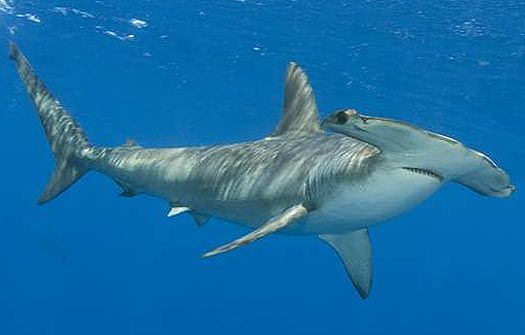
26. Hammerhead Shark Species Needs More Protection
The Australian Marine Conservation Society (AMCS) recently released a review of the Non-Detriment Findings (NFD) for three hammerhead sharks. Scalloped, great, and smooth hammerhead sharks have been protected under the Convention on International Trade in Endangered Species of Wildlife Fauna and Flora (CITES) Appendix II since September, 2014. Australia has been able to continue exporting the hammerhead species through a positive NFD. The positive NFD was based on findings regarding the shark species biology, ecology, distribution, threats, and management. Conditions included no further increase in average annual catch of the species, no carryover catch levels from year to year, management agencies to implement improved management, and collection of further species information and assessment are to be done. AMCS recommended a new NFD report due to the belief these conditions are not being adequately met.
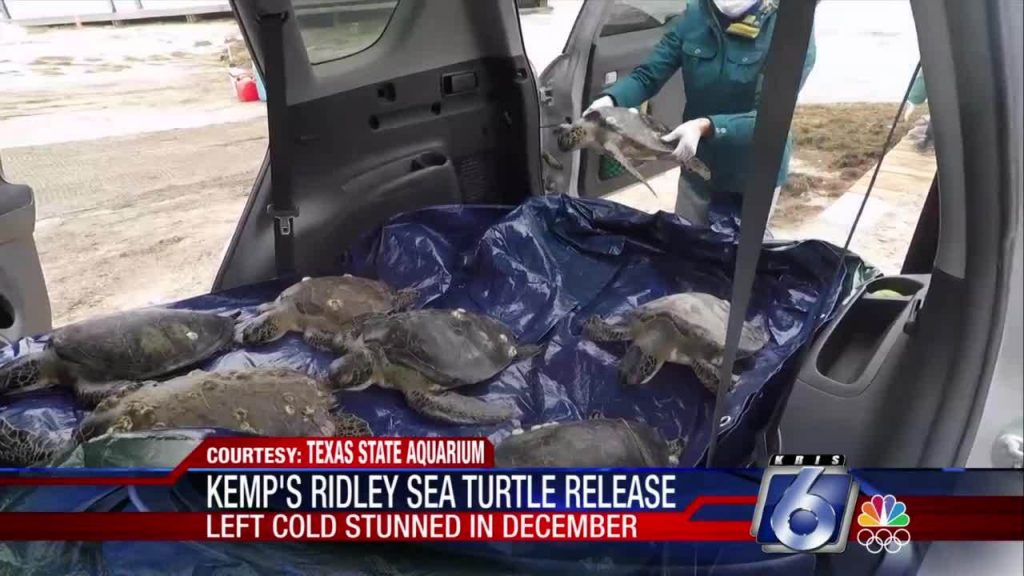
27. Texas State Aquarium Rehab Helped Turtles Head Back to Sea
The last collection of the New England Kemp’s ridley sea turtles left cold-stunned in December are back in the ocean right now. The Texas State Aquarium released a video showing the turtles going back into the sea on Wednesday. They were part of the group of 120 turtles sent to the aquarium from Cape Cod, Mass., in December. The aquarium says the turtles required months of special care before their release.
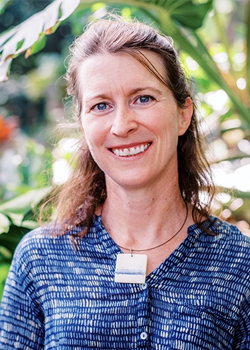
28. Pew Fellowship to Advance Ocean Conservation for Ecological Economist
University of Hawaiʻi at Mānoa ecologist Kirsten Oleson is among nine distinguished conservation researchers from around the world to receive a 2021 Pew Charitable Trusts fellowship in marine conservation. She will receive $150,000 over three years to address some of the most critical challenges facing the marine environment. The Pew Fellows Program in Marine Conservation supports mid-career scientists and other experts seeking solutions to problems affecting the world’s oceans. From studying the ecological and socioeconomic benefits provided by coastal habitats to improving shark conservation and coral reef restoration practices, the new fellows will undertake a broad range of projects to deepen our knowledge of the ocean and advance the sustainable use of marine resources. “My project will build natural capital accounts—similar to economic accounts—that highlight the benefits to society from natural processes,” Oleson said. “The hope is to catalyze transformative change in public policy and decision-making.




